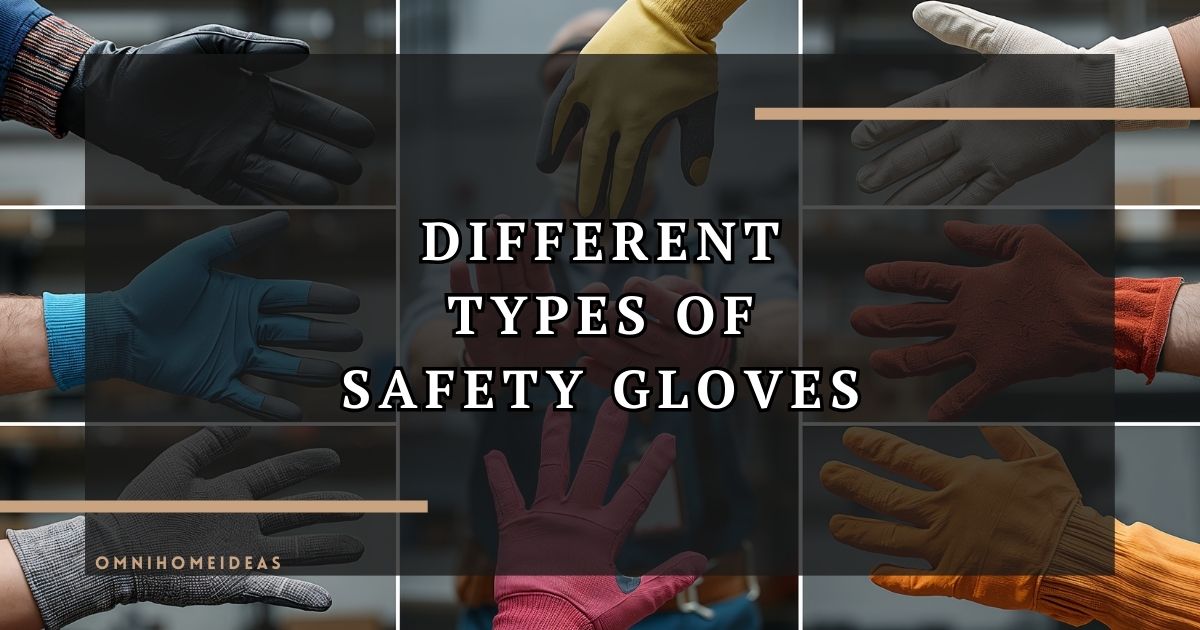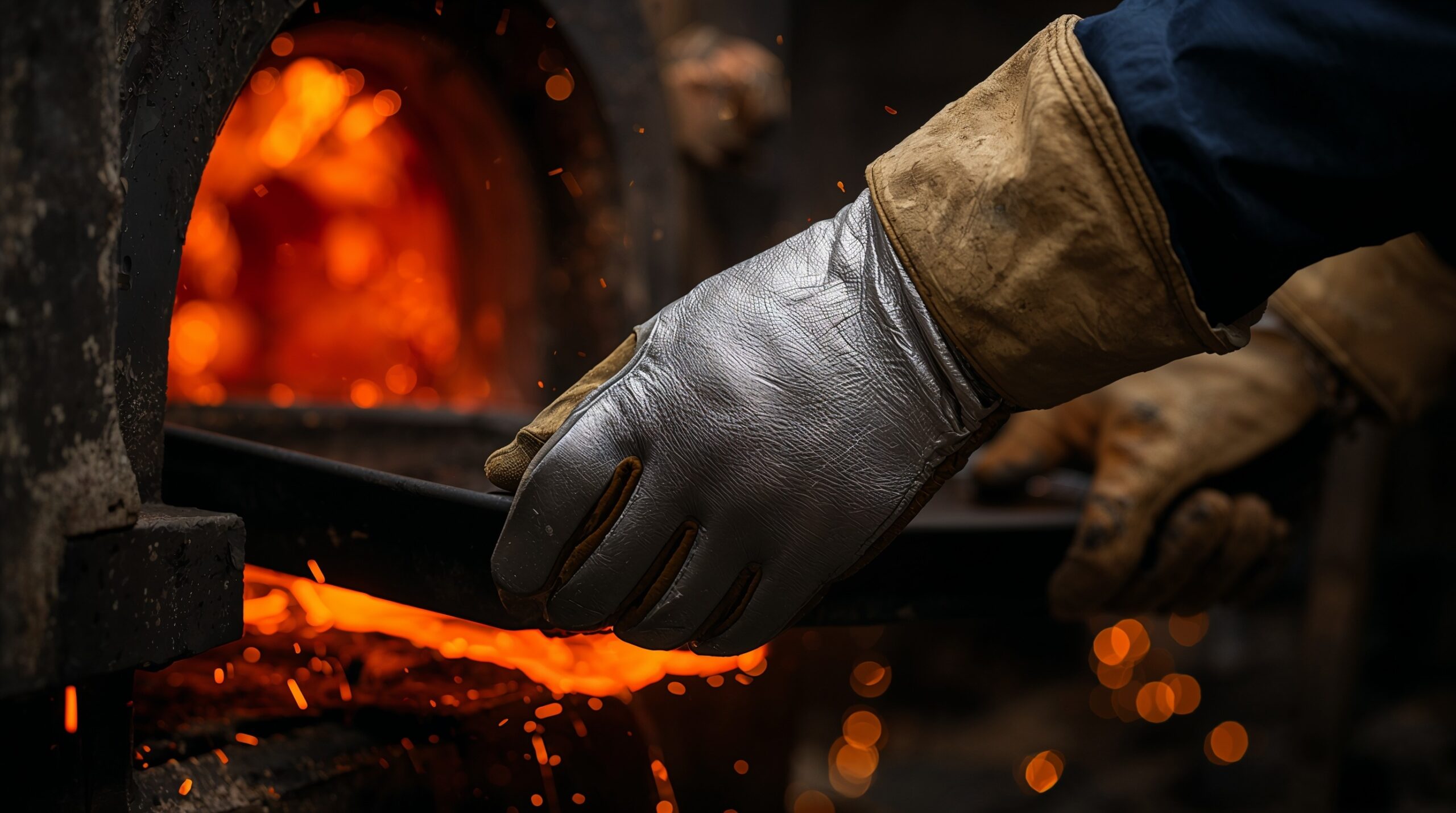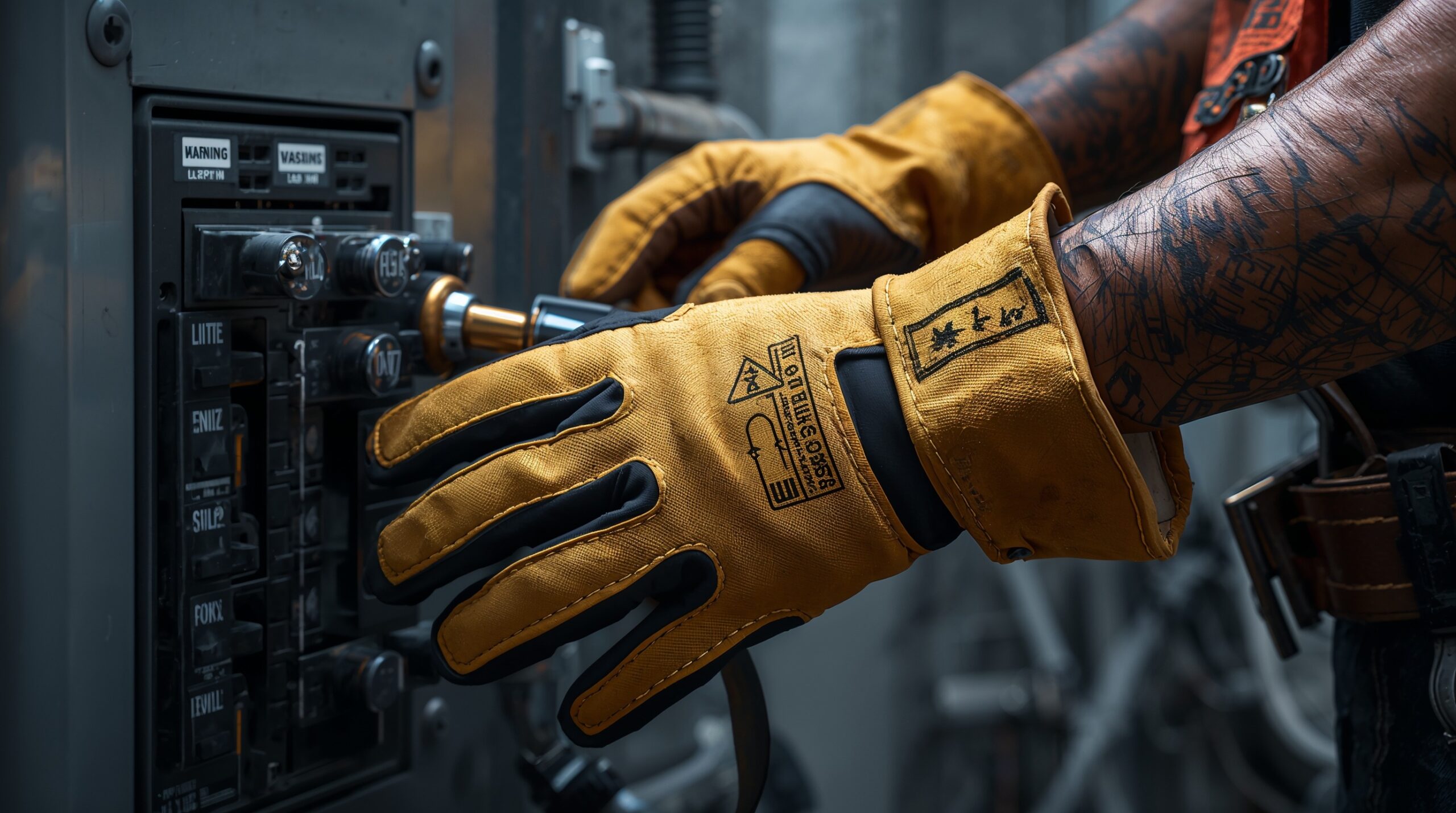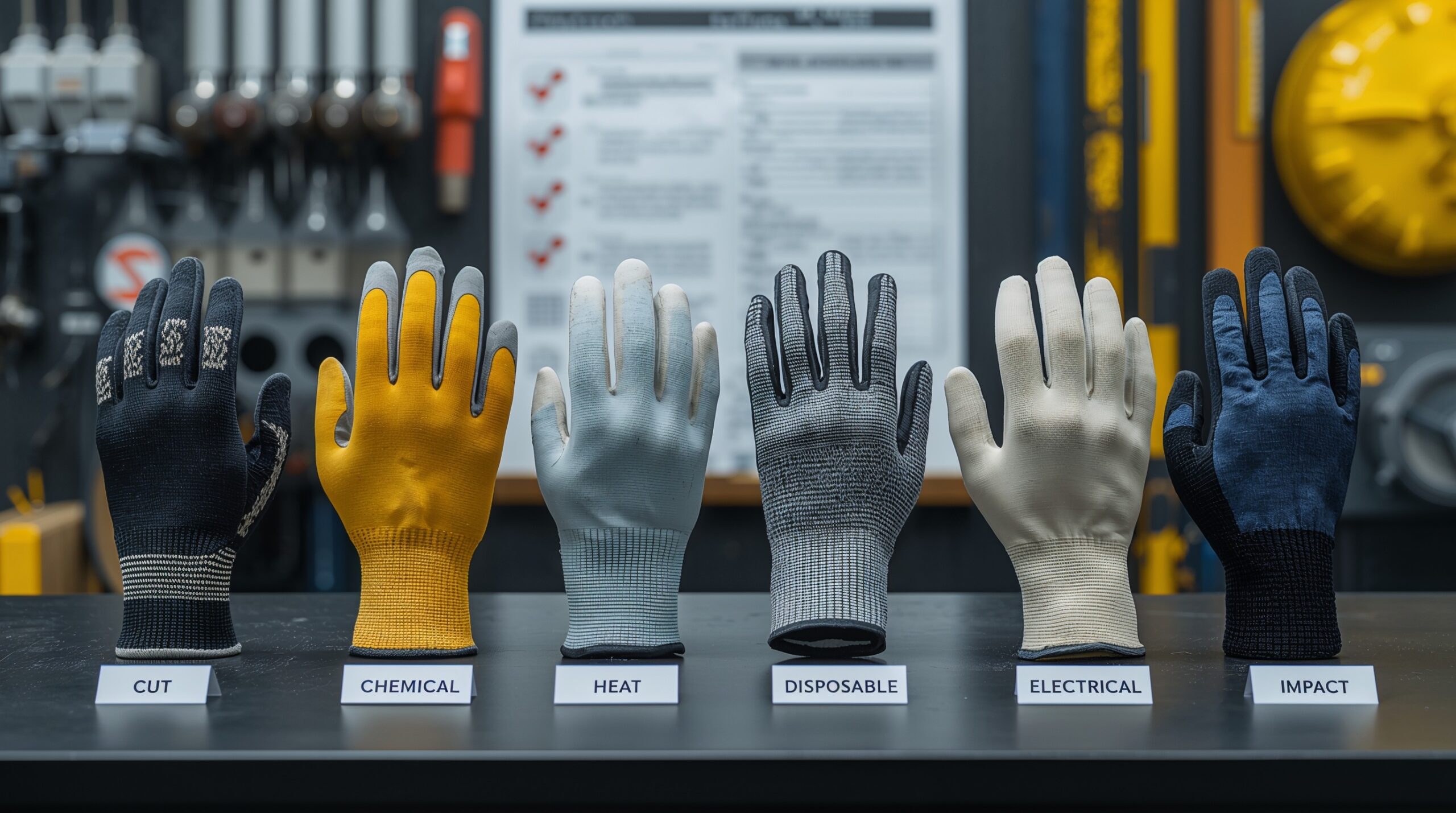Safety gloves are one of the most essential forms of personal protective equipment (PPE) across industries. From construction to healthcare, they protect workers against cuts, chemicals, burns, and even extreme temperatures. Choosing the right type of glove depends on the hazards involved in a specific task. For general handling and protection, many workers rely on work gloves, which are designed to provide both safety and comfort in everyday tasks.
Beyond this, several specialized types exist, each with unique properties tailored for particular risks. The materials, design, and safety standards of gloves have evolved significantly, giving today’s workforce more protection than ever before. Selecting the right pair can mean the difference between minor inconvenience and serious injury. With so many options available, knowing the strengths and limits of each type is the first step toward safer working conditions.

Cut-Resistant Gloves

Cut-resistant gloves are essential in industries where sharp objects, blades, or glass are handled. Made from materials like Kevlar, Dyneema, or metal mesh, these gloves reduce the risk of lacerations. They are often used by construction workers, chefs, and those in manufacturing. The level of resistance varies, with different standards (such as ANSI or EN ratings) guiding how much protection each pair provides. Workers should always choose gloves rated for the specific sharpness and force they encounter.
Chemical-Resistant Gloves

Chemical exposure poses serious risks, ranging from skin irritation to long-term health problems. Chemical-resistant gloves are typically made from nitrile, neoprene, latex, or PVC. Each material protects against different types of substances. For instance, nitrile is excellent for oils and fuels, while neoprene resists acids and caustics. Laboratory workers, cleaners, and those in chemical manufacturing rely on these gloves to handle hazardous substances safely. It is important to check compatibility charts before selecting gloves, as no single material protects against all chemicals.
Heat-Resistant Gloves

Heat-resistant gloves are critical in industries where workers handle hot objects or are exposed to high temperatures. Made from materials like aluminized fabric, leather, or aramid fibers, they provide insulation and shield the hands from burns. Foundries, welding shops, and kitchens are common places where these gloves are indispensable. Some models also combine heat protection with cut resistance, offering dual safety for high-risk environments.
Cold-Resistant Gloves

Just as heat can damage skin, extreme cold can cause frostbite and numbness. Cold-resistant gloves are designed with insulation layers and waterproof exteriors to maintain warmth while keeping hands dry. Workers in refrigerated storage facilities, outdoor construction, and delivery services during winter often depend on these gloves. Insulated leather or synthetic materials with thermal linings are common choices, helping maintain dexterity while offering protection from freezing conditions.
Disposable Gloves

Disposable gloves are widely used in healthcare, food service, and laboratories. Made from latex, nitrile, or vinyl, they provide a barrier against contamination, pathogens, and mild chemicals. Nitrile versions are especially popular because they resist punctures better than latex and avoid allergic reactions. While they offer convenience and hygiene, disposable gloves are not suitable for tasks involving sharp tools, heavy machinery, or extreme temperatures.
Electrical-Resistant Gloves

For electricians and utility workers, electrical-resistant gloves are vital. These gloves are usually made of rubber and are rated for specific voltage levels. They prevent electric currents from passing through to the worker’s body, reducing the risk of shock. Often, leather protectors are worn over them to guard against cuts or punctures. Regular testing and inspection are necessary, as even minor damage can compromise their protective qualities.
Impact-Resistant Gloves

Impact-resistant gloves are engineered to absorb and distribute force from blows or vibrations. Industries like construction, automotive, and oil and gas use these gloves to reduce the risk of crushed fingers or repetitive strain injuries. They often feature thermoplastic rubber (TPR) padding across the knuckles and fingers. In addition to impact protection, many models also provide cut resistance or chemical resistance, making them versatile for demanding tasks.
Choosing the Right Gloves

Selecting the right gloves depends on the hazards of the task, the environment, and the need for dexterity. Employers must provide gloves that match the risks while ensuring workers are trained to use them correctly. Comfort and fit are also critical factors, as poorly fitted gloves may reduce efficiency and cause accidents.
Final Thoughts
Safety gloves are more than simple accessories; they are essential tools that protect workers’ hands in a wide variety of industries. From cut resistance to chemical defense, each type serves a distinct purpose. By matching the glove type to the specific risks of the job, employers and workers can ensure safer, more efficient operations. The right gloves not only protect but also empower workers to perform their tasks with confidence. Investing in high-quality gloves also helps reduce workplace injuries, which leads to improved productivity and lower long-term costs. As safety standards continue to evolve, keeping up with the latest glove technologies ensures workers remain protected in every environment.

